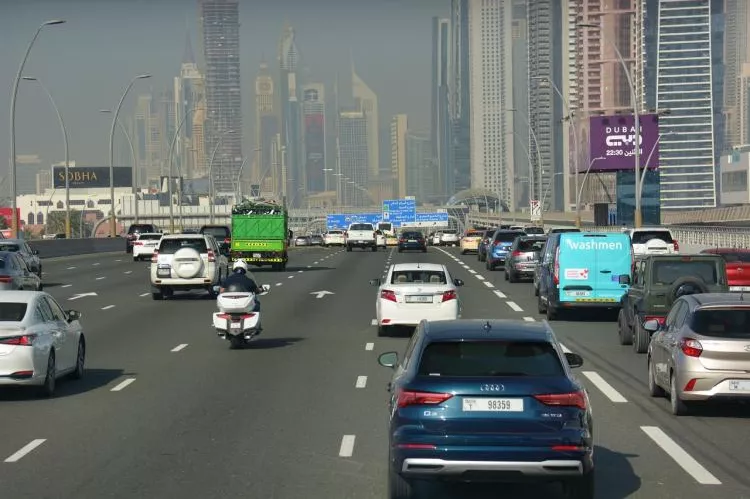
Air pollution is as ubiquitous as it is sinister. You can’t see it. Contrary to popular belief, you often can’t detect it without special tools at all. Even air that smells clean can contain dangerous levels of contamination that can result in serious disease and even death after long-term exposure.
Fighting back against air pollution requires the concerted effort of many people. In this article, we take a look at what the major risk factors are, and how you can work with people in your community to reduce them.
The State of Air Pollution
A recent study revealed that, despite the fact that the United States has been making a concerted effort to clean up the air for years, the level of pollution is higher than ever. More than 40% of Americans live in areas with a failing pollution grade.
Naturally, air pollution is most common in places that have high pollution. This is particularly true in cities, where there are more cars and other common sources of air pollution in circulation.
However, that is not at all to say that cities are the only offenders. All it takes is one factory, or maybe just too many cares to create a dangerous environment. For that reason, many small towns find themselves experiencing dangerous levels of pollution.
Who is the Most Vulnerable?
Unsafe air conditions are generally considered to be the greatest threat to sick people, very old people, and very young people. Those suffering from respiratory disease are particularly vulnerable to the dangers of excessive air pollution.
That said, air pollution can have a harmful effect on healthy people, particularly over the course of long-term exposure. People who live in areas with low air quality experience accelerated aging of their lungs, a reduced capacity to draw breath, and other respiratory illnesses that can prove fatal over time.
Air pollution has also been connected to various cardiovascular diseases, including strokes, heart attacks, and sudden death. It is not currently understood what control factors lead to extreme healthcare outcomes in some people who have been exposed, and little to no effect at all in others.
However, most experts agree that there is no such thing as a safe level of exposure to air pollution.
Household Appliances
Major household appliances use a significant amount of electric energy, which is typically powered by the partial burning of fossil fuels. Not only does this result in high concentrations of carbon dioxide— a pollutant with strong connections to heart defects, and even sudden death— but it can also cause damage to the ozone layer, resulting in rising temperatures that can produce further health problems.
Sustainability is Key
While it is true that air contamination can happen even without human involvement, the largest contributors are almost all man-made causes. Sustainable living practices can go a long way toward reducing pollution and increasing public health.
Sustainable living reduces the presence of carbon and other harmful materials in the air. It also helps to stave off climate change which in and of itself is expected to increase the risk for many deadly diseases.
Reducing pollution is a delicate balance. Electric cars and renewable energy sources (solar, wind, water, etc.) can go a long way toward eliminating some of the most significant offenders.
However, there are barriers. All of these solutions are cost-prohibitive. They require a significant investment, not just in the products themselves, but also in the infrastructure to support them. And of course, manufacturing them does take its own carbon toll, creating air pollution even as companies work to reduce it.
Personal choices — recycling, public transportation, and cautiousconsumption can have a positive impact on the environment. However, most experts agree that true change can only come at the hands of legislative action. If you want to make a significant difference in the air quality, look for ballot initiatives that will help get the job done.
While you might not be in a position to write law, you can still influence it. Participate in advocacy groups that work to support cleaner air.





















